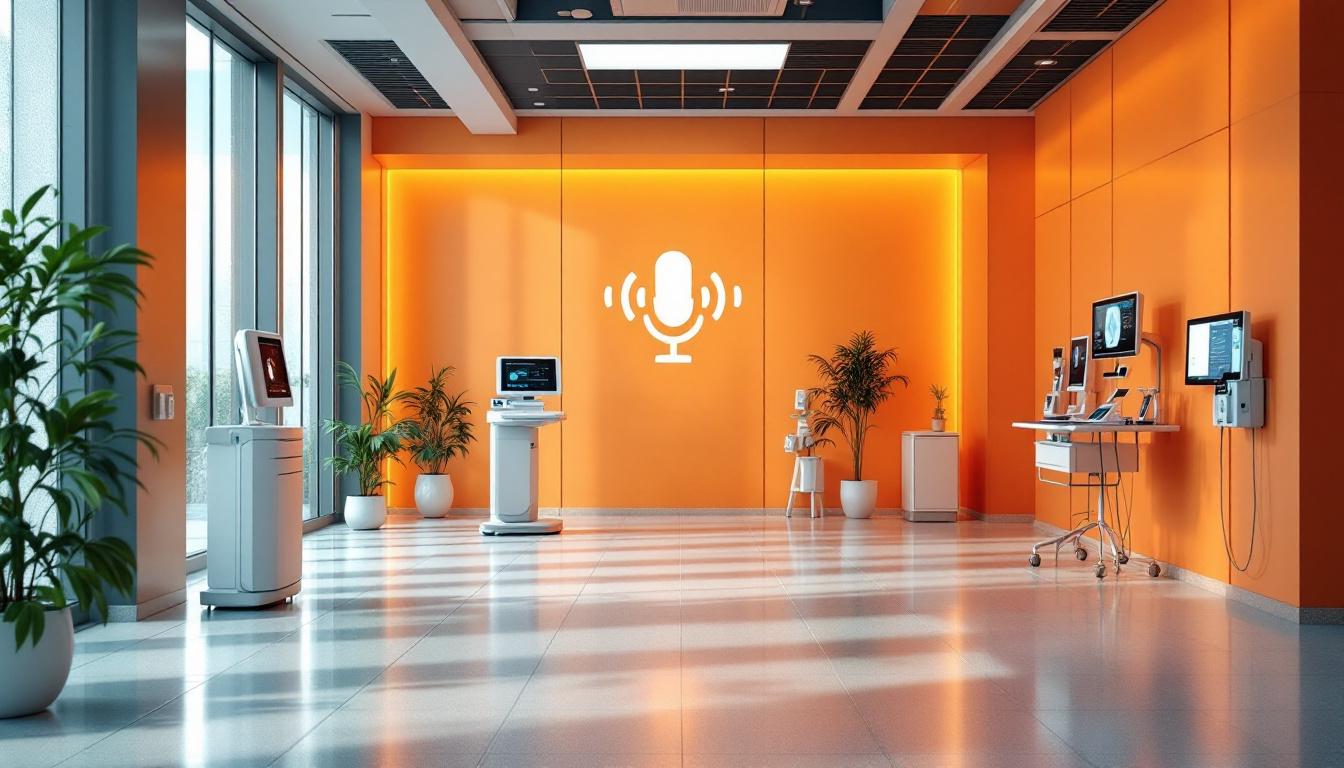Using Virtual Reality for Patient Education and Marketing
Transforming Healthcare Communication with Immersive Technologies
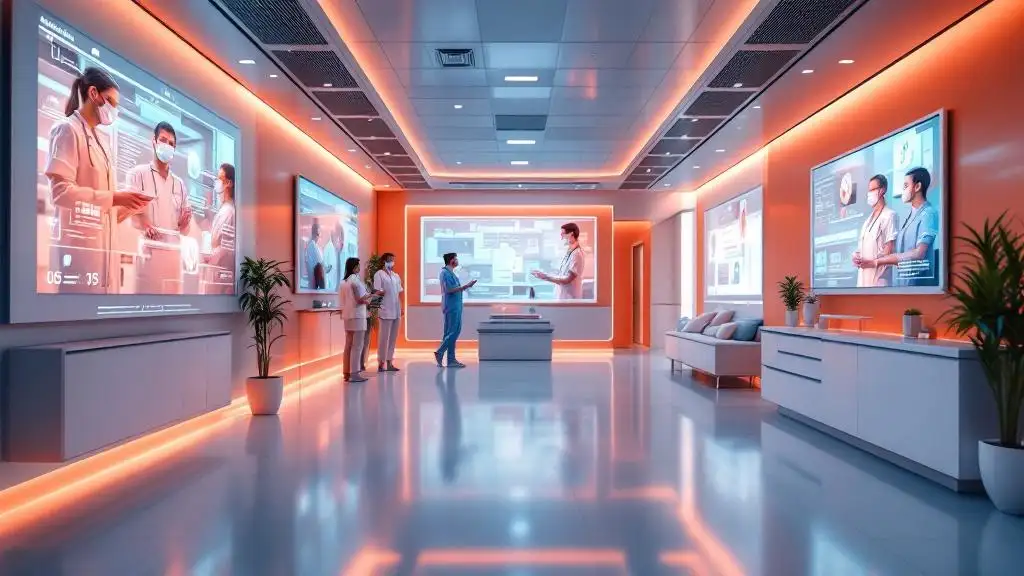

Using Virtual Reality for Patient Education and Marketing
The Rise of Virtual Reality in Healthcare
Virtual reality (VR) is revolutionizing the way healthcare providers engage with patients and promote medical services. Its immersive, interactive capabilities enable more meaningful communication, education, and marketing strategies that were previously unimaginable. As the VR market in healthcare is projected to reach over $46 billion by 2032, understanding its applications, benefits, and future potential becomes essential for integrating this innovative technology into everyday clinical and promotional practices.
Applications of Virtual Reality in Healthcare Marketing and Patient Education
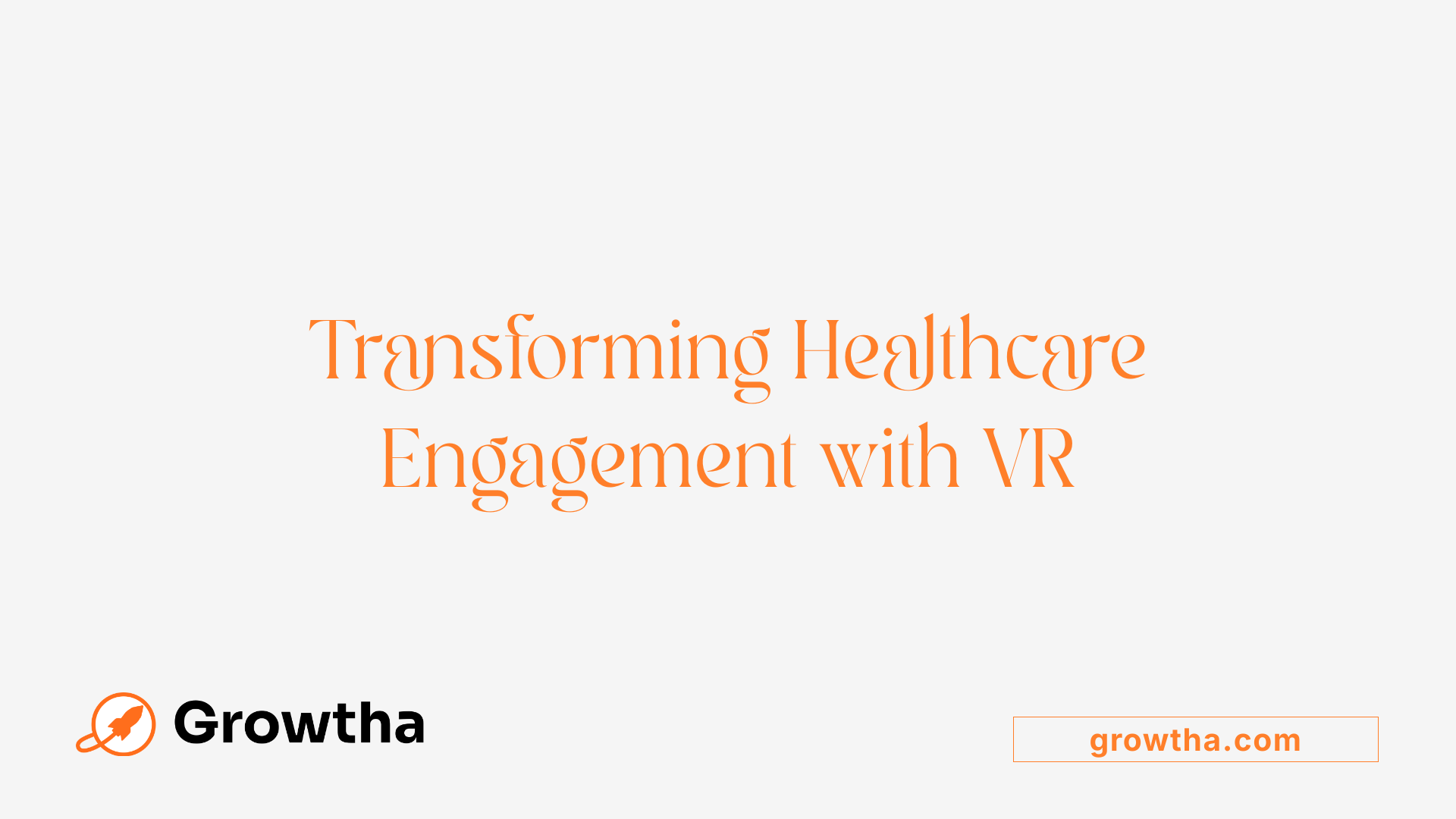
How is virtual reality used in healthcare marketing and patient education?
Virtual reality (VR) has become a transformative tool in the healthcare sector, offering immersive and engaging experiences for patients and potential clients. In marketing, healthcare providers utilize VR to showcase their facilities, introduce their services, and deliver educational content through virtual tours, demonstrations, and storytelling. These immersive experiences help build trust, facilitate understanding, and attract new patients.
For patient education, VR democratizes medical knowledge by visualizing complex conditions and procedures. Patients can explore 3D models of anatomy, view simulations of surgeries, and understand treatment plans more clearly. This not only enhances comprehension but also boosts information retention, making complex medical concepts more accessible.
Moreover, VR applications extend to reducing patient anxiety and stress before procedures. Through preoperative virtual tours or relaxation modules, patients often feel more prepared and confident, leading to better overall experiences.
VR also plays a vital role in supporting medical training and surgical planning. Realistic simulations train healthcare professionals in procedures, improving their skills without risk to patients. Surgeons can rehearse complex operations using VR environments, increasing precision and confidence.
Therapeutic applications of VR include pain management, mental health treatments such as exposure therapy, and stress reduction. VR's immersive nature distracts from pain, alleviates anxiety, and promotes mental well-being. For example, VR therapy has shown significant benefits in managing chronic pain and supporting mental health conditions.
In summary, VR enhances healthcare marketing by creating memorable, informative experiences that engage prospective patients and foster trust. Simultaneously, it advances patient education and therapy, contributing to better health outcomes, higher satisfaction, and more accessible healthcare.
Benefits and Impact of Virtual Reality in Healthcare Education and Marketing
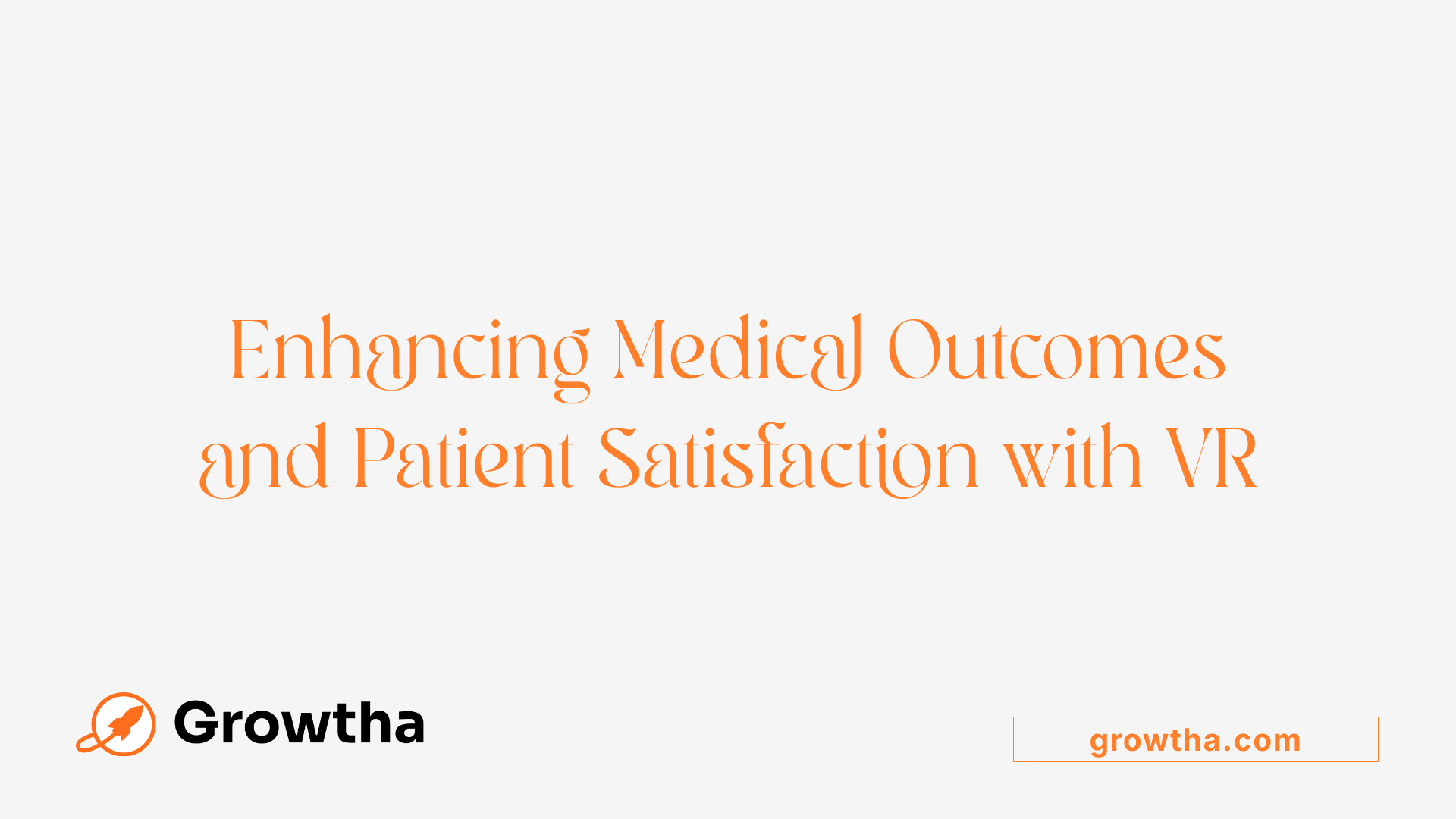
What are the benefits and impacts of using virtual reality as a healthcare educational and marketing tool?
Virtual reality (VR) has transformed healthcare education and marketing by offering immersive and interactive experiences that engage both patients and healthcare professionals. By enabling visual exploration of complex medical concepts, VR improves understanding and retention, making medical information more accessible and less intimidating.
In patient education, VR simplifies complex procedures and anatomy, helping patients visualize their conditions or upcoming surgeries. This clarity reduces anxiety, builds trust, and encourages proactive participation in care plans.
For healthcare providers, VR provides realistic simulation environments to practice procedures, enhance clinical skills, and prepare for real-world scenarios. These training simulations are cost-effective, safe, and effective in improving confidence and competence.
Marketing efforts benefit significantly from VR by allowing healthcare organizations to create engaging promotional campaigns. Virtual hospital tours, educational videos, and procedure demonstrations built with VR foster trust, increase patient engagement, and can lead to higher appointment booking rates.
VR also supports remote healthcare initiatives, such as telemedicine consultations and rehabilitation programs. Patients can access personalized therapies from the comfort of their homes, which is especially beneficial for those in remote or underserved areas.
Furthermore, VR aids in pain and anxiety reduction. Preoperative education, distraction during medical procedures, and chronic pain management through VR experiences have all been shown to decrease discomfort and improve overall patient satisfaction.
From a broader perspective, VR’s ability to deliver tailored content across language barriers and diverse populations makes healthcare more inclusive and accessible. Its role in enhancing communication, training, and patient experience underscores its vital contribution to modern healthcare.
Strategies for Integrating VR into Healthcare Education and Marketing
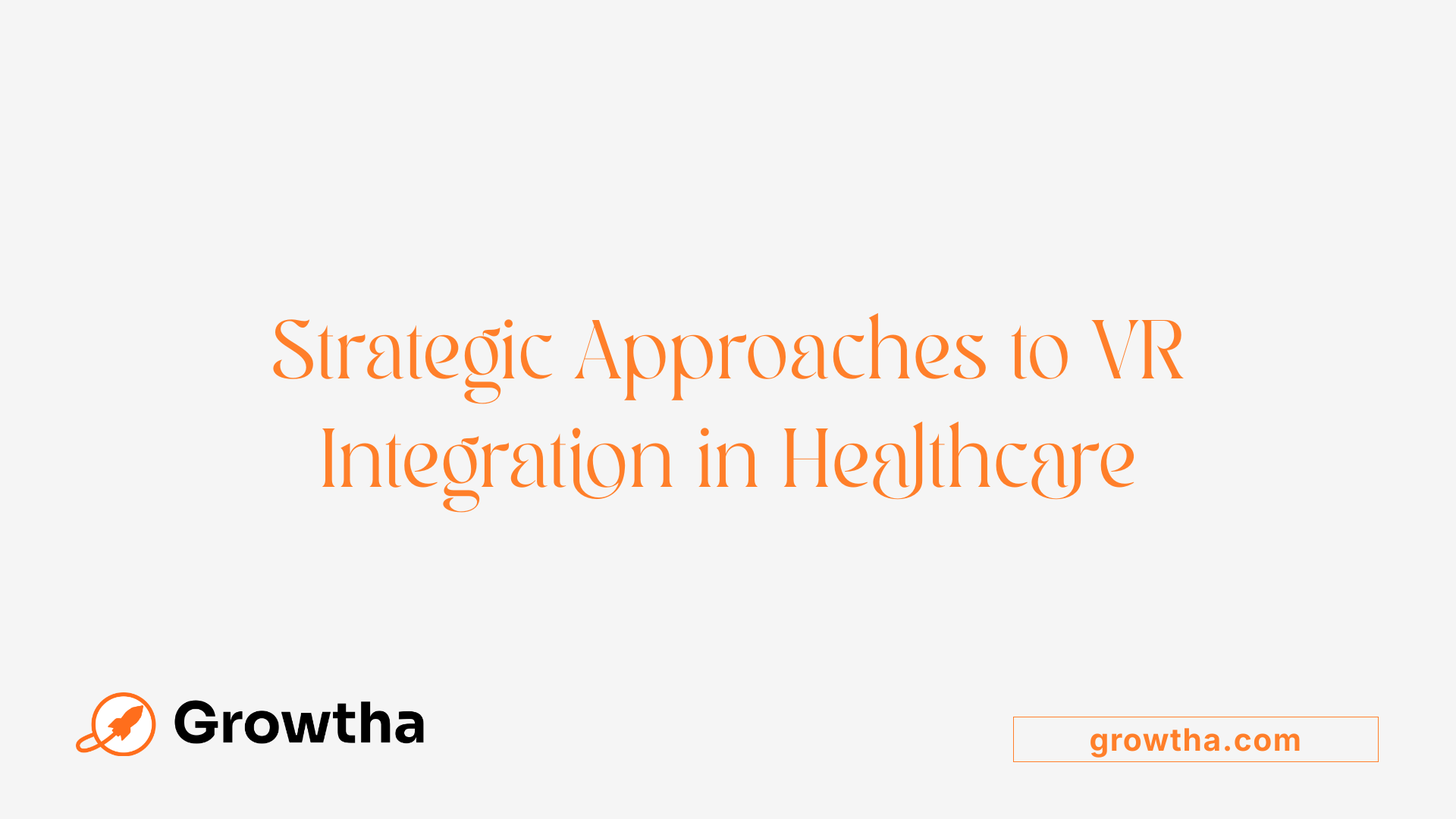
How can virtual reality be integrated into healthcare communication, training, and promotional activities?
Integrating virtual reality (VR) into healthcare communication, training, and marketing efforts involves creating customized VR experiences that cater to specific educational and engagement goals. For patient education, this means developing immersive modules that simplify complex medical concepts, visualize procedures or anatomy, and increase retention of information. In marketing, VR can showcase healthcare facilities, introduce staff, or demonstrate treatment options in a compelling way.
Collaboration with technology providers plays a crucial role. Working closely with VR hardware and software developers ensures the creation of high-quality, relevant content that aligns with medical protocols and patient needs. Employing systematic implementation frameworks such as NASSS (Nonadoption, Abandonment, Scale-up, Spread, and Sustainability) or CFIR (Consolidated Framework for Implementation Research) helps identify potential challenges in deploying VR tools and develops strategies to overcome them.
Training healthcare professionals is vital for successful VR integration. Providing staff with proper education on using VR devices and content ensures proficiency, which translates into effective patient communication and increased trust. VR training modules improve clinical skills through simulation, promote behavioral change, and facilitate competency assessments.
Embedding VR into existing workflows and curricula fosters consistency and efficiency. For example, integrating VR modules into medical school programs or clinical practice standards helps standardize training and enhances skill retention.
Moreover, advancements such as augmented reality (AR) and artificial intelligence (AI) are expanding the possibilities. These technologies offer personalized, interactive experiences that can make learning more engaging and adaptable to individual patient or provider needs.
Overall, a strategic approach combining tailored content, collaborative development, systematic planning, professional training, and technological innovation can significantly enhance healthcare communication, education, and marketing, ultimately leading to better patient outcomes and increased trust in healthcare services.
Implementing Strategies for VR Adoption in Healthcare Settings
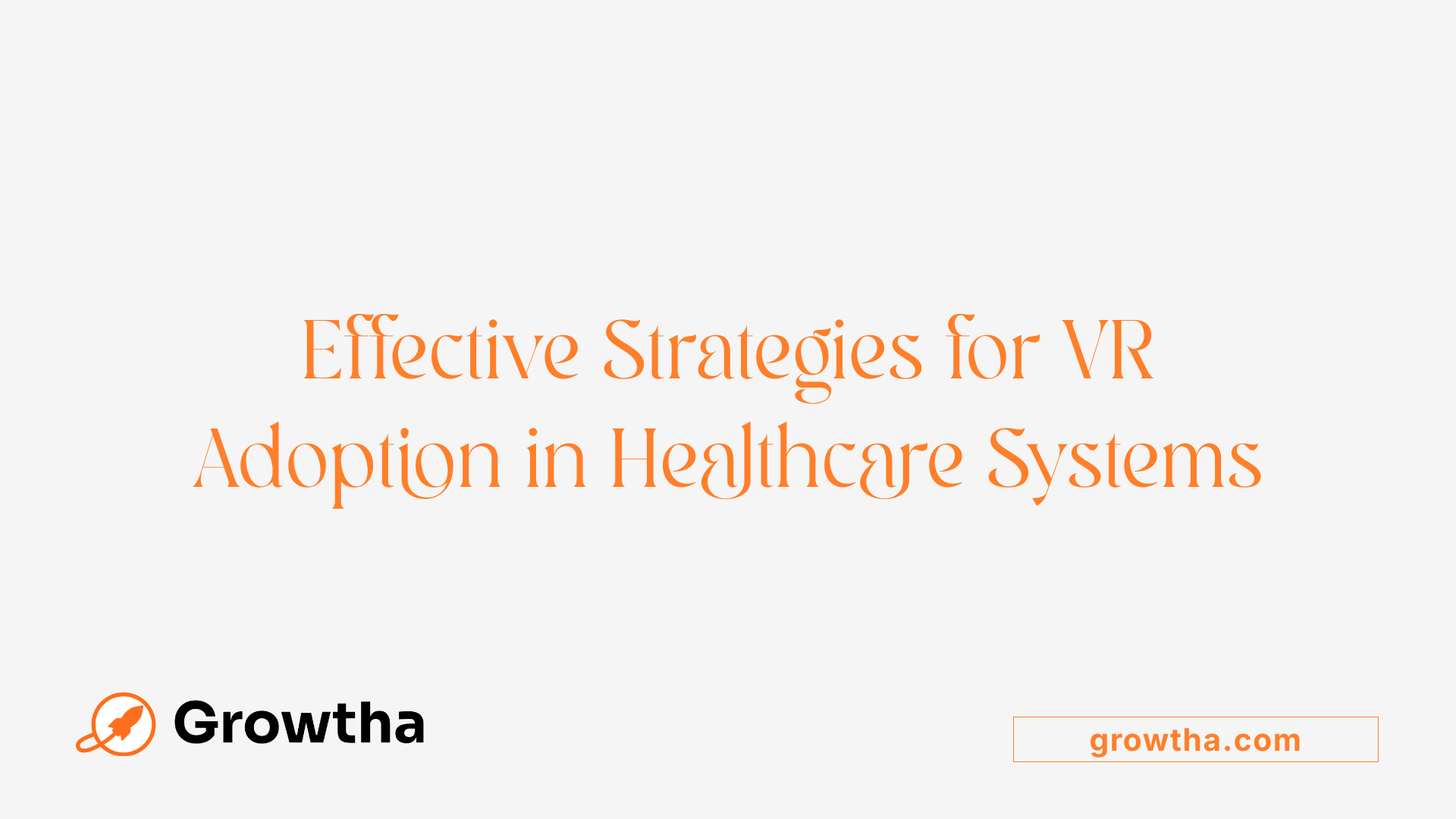
What strategies can be employed to implement virtual reality in patient education and healthcare marketing?
Implementing virtual reality (VR) effectively within healthcare environments requires a structured approach that considers technical, organizational, and patient-centered factors.
One of the foundational steps is adopting systematic planning frameworks such as the NASSS (Non-adoption, Abandonment, and Challenges to Scale-up, Spread, and Sustainability) framework or the CFIR (Consolidated Framework for Implementation Research). These tools help identify potential barriers—like resource constraints, technological complexities, or staff resistance—and develop strategies to overcome them.
Engaging both clinicians and administrative staff early in the process is essential. Training healthcare providers and marketing teams ensures they are comfortable with VR technology and understand its benefits, which promotes smoother integration into workflows and communication channels.
Content relevance and accessibility are also critical. Tailoring VR educational modules to specific patient groups or marketing goals enhances engagement. Creating multilingual and user-friendly content ensures wider accessibility, and incorporating patients in the design process—through participatory or cocreation approaches—can improve usability and trust.
Monitoring and evaluating the outcomes of VR initiatives is vital. Using metrics such as patient satisfaction scores, knowledge retention rates, behavioral changes, and feedback helps determine effectiveness and guides continuous refinement.
To further optimize implementation, healthcare organizations can leverage models like the BUILD REALITY framework, which emphasizes best practices such as prebriefing, content validation, and stakeholder engagement. These strategies collectively facilitate the safe, effective, and impactful deployment of VR for patient education and marketing, ultimately leading to better health outcomes and enhanced patient experiences.
In summary, success in integrating VR in healthcare demands a comprehensive plan that combines theoretical frameworks, staff engagement, targeted content, and ongoing evaluation—ensuring technology adoption translates into meaningful clinical and patient benefits.
Challenges and Opportunities in Using VR for Healthcare Education and Marketing
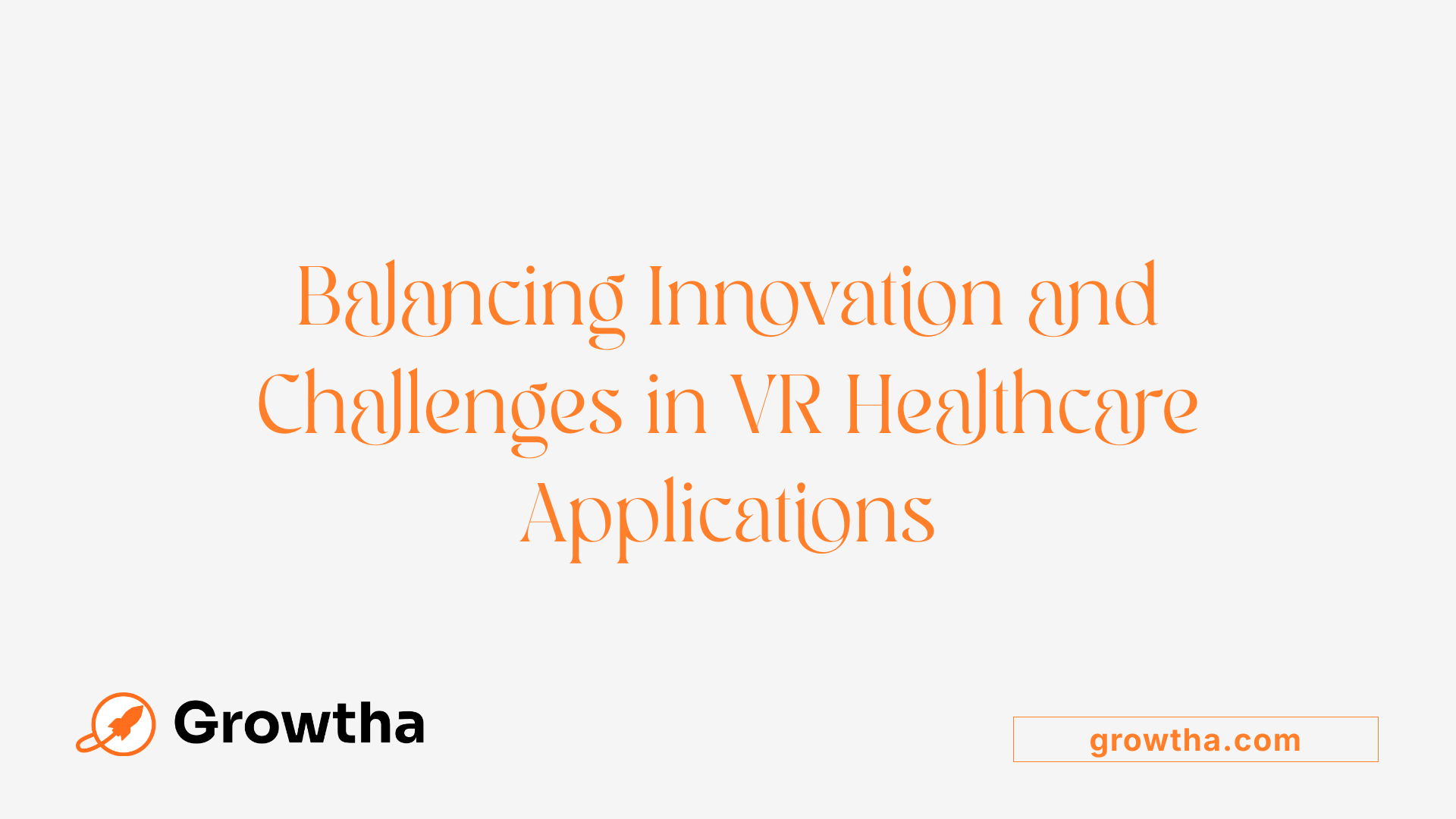
What are the challenges and opportunities in using virtual reality for healthcare patient education and marketing?
Implementing virtual reality (VR) in healthcare offers exciting possibilities but also comes with challenges that must be carefully managed.
One of the major advantages of VR is its ability to engage patients in immersive experiences. Patients can explore detailed 3D models of anatomy, visualize procedures, and understand medical concepts better. This can lead to higher satisfaction, improved retention of information, and reduced anxiety surrounding medical treatments.
VR also extends to healthcare marketing by showcasing facilities, demonstrating treatments, and building trust with potential patients. Campaigns driven by VR content, such as virtual hospital tours or educational modules, tend to increase engagement and appointment bookings.
However, deploying VR technology in healthcare is not without hurdles. The high costs associated with advanced hardware, such as Oculus headsets or specialized VR systems, can be a barrier, especially for smaller clinics or resource-limited settings. Additionally, technological limitations—like inadequate hardware resolution or connectivity issues—may affect the quality of the experience.
Safety is also a concern. Some users experience cybersickness, dizziness, or discomfort from prolonged headset use. Ensuring the safety and comfort of diverse patient groups is essential. Moreover, technological safety considerations include data privacy and ethical use, particularly when collecting user feedback or health data.
Regulatory standards represent another important challenge. Healthcare devices, even those using VR, need to meet strict approval processes. The FDA has taken steps to regulate some VR applications, emphasizing safety and efficacy.
Despite these challenges, there are many opportunities. VR can support remote healthcare services through telehealth, enabling virtual consultations that are more engaging than traditional video calls. It also facilitates scalable training for healthcare providers and can be tailored for diverse patient populations, including multilingual and accessibility features.
Future advancements, such as integration with AI and wireless, high-resolution displays, promise to enhance usability and effectiveness. These developments can make VR-based healthcare education and marketing more widespread and accessible, ultimately improving health outcomes and patient experiences.
| Challenges | Opportunities | Details |
|---|---|---|
| High costs and resource needs | Patient engagement | Immersive experiences improve understanding and satisfaction |
| Technological limitations | Remote healthcare | Telehealth expands access and simplifies consultations |
| Safety considerations | Professional training | VR for skills development enhances clinical competency |
| Regulatory compliance | Personalized education | Tailoring content for diverse populations boosts inclusivity |
| Accessibility and usability issues | Marketing and brand trust | Virtual tours and demo experiences attract patients |
As the technology continues to evolve, balancing innovation with safety, cost, and regulatory compliance will be crucial to harnessing VR’s full potential in healthcare.
Research Evidence Supporting the Effectiveness of VR in Healthcare
What does current research say about the effectiveness of virtual reality for patient understanding and health outcomes?
Recent studies indicate that VR significantly enhances patient education, understanding, and satisfaction. Its immersive nature allows patients to visualize complex medical concepts and procedures, leading to better retention of information. For example, a notable trial involving 182 patients with hypertension compared VR-based education with traditional verbal methods. The results showed that the VR group achieved markedly higher knowledge scores, with a median of 14 compared to 10 in the control group, a statistically significant difference (p < 0.001).
This research highlights VR’s ability to improve comprehension of definitions, risk factors, symptoms, medication use, and potential complications. Both groups expressed high satisfaction levels, confirming VR’s acceptability and usefulness. Importantly, the study found no adverse events tied to VR use, emphasizing its safety.
Beyond education, VR has demonstrated benefits in managing anxiety and pain. Preoperative and procedural anxiety was notably reduced through immersive pre-surgery programs, leading to better patient experiences. VR interventions during treatments, such as burn wound care or cardiac recovery, have resulted in significant pain reduction and stress alleviation.
These findings suggest that VR not only improves understanding but also positively impacts psychological comfort during healthcare processes. While evidence for physical health outcomes like long-term recovery is still emerging, current data supports VR’s role as an effective educational and auxiliary tool in healthcare settings.
Ongoing research continues to examine how VR influences behavioral changes, adherence to therapy, and overall health outcomes, aiming to refine its application for maximum benefit. As technology advances, integrating VR with AI and telehealth can further expand its impact, making healthcare more accessible, engaging, and patient-centered.
Future Trends and Developments in VR and AR in Healthcare
What are the future trends and developments in virtual reality and augmented reality within healthcare?
The future of VR and AR in healthcare is set to be highly innovative, with several exciting developments on the horizon. One major trend is the integration of artificial intelligence (AI) and wearable technology, which will create personalized, immersive experiences tailored to individual patients and clinicians. AI-driven algorithms can adapt content and therapy modules based on real-time data, making treatments more effective and engaging.
Advancements in hardware are also expected to push the boundaries of realism and safety. Next-generation head-mounted displays will feature sensors, haptic feedback, and lighter, more comfortable designs. These improvements will enhance remote diagnostics and facilitate telemedicine, enabling healthcare providers to perform detailed assessments and consultations from a distance.
The scope of VR and AR applications will continue to grow, encompassing diagnostics, surgical planning, physical rehabilitation, mental health treatments, and pain management. For example, virtual environments can help in managing chronic pain, providing immersive exposure therapy for anxiety disorders, or guiding post-surgical recovery.
Regulatory and policy frameworks are anticipated to evolve in tandem with technological innovation. Agencies like the FDA are already supporting the approval and oversight of VR/AR medical devices, and future policies will likely emphasize safety, privacy, and ethical standards.
Addressing challenges such as healthcare provider burnout and disparities in access will be crucial. VR and AR technologies can streamline training, enhance procedural efficiency, and improve care access in underserved communities through remote and low-cost immersive solutions.
Overall, biomechanical improvements, AI integration, and evolving policies are expected to position VR and AR as central tools in transforming healthcare delivery, education, and patient outcomes, making advanced care more accessible, efficient, and personalized.
Enhancement of Medical Training, Surgical Planning, and Telemedicine via VR/AR
Virtual reality (VR) and augmented reality (AR) are transforming healthcare practices by offering immersive and detailed visualization tools for a variety of applications.
Realistic simulations for training are among the most significant benefits. VR provides medical students and professionals with lifelike scenarios, enabling them to practice complex procedures, anatomy exploration, and emergency responses in a safe environment. This method enhances skills, boosts confidence, and prepares practitioners for real-life situations without risking patient safety.
3D visualization for surgical interventions allows surgeons to view detailed, three-dimensional models of patient anatomy. These visualizations aid in precise surgical planning, guiding minimally invasive techniques, and reducing complications. Surgeons can manipulate virtual models to better understand anatomy and strategize procedures, ultimately improving outcomes.
Remote diagnostics and teleconsultations expand healthcare access. AR supports telemedicine by overlaying medical images during remote assessments or wound evaluations, providing real-time data that aids in diagnosis. This technology enables healthcare providers to offer expert advice and guidance from afar, reducing travel and waiting times, especially in underserved regions.
Support for invasive procedures is enhanced by AR overlays that increase visualization accuracy during surgeries such as spinal interventions, vascular procedures, or dental implants. These overlays help guide tools, reduce errors, and improve precision during complex interventions.
Continuous skill development and performance assessment is facilitated through VR training modules that track performance metrics. This data-driven approach allows for ongoing learning, identifying areas for improvement, and certifying skills without the need for live patients.
In summary, VR and AR are revolutionizing medical education, surgical precision, pain management, mental health treatment, and remote healthcare delivery. These technologies promote safer, more engaging, and more accessible healthcare experiences. However, challenges like standardization, high costs, and regulatory approval processes remain to be addressed to ensure widespread adoption and integration into everyday practice.
The Promise of Immersive Technologies in Healthcare
As virtual reality and augmented reality continue to evolve, their role in healthcare will expand further, making medical education more effective, patient communication more transparent, and treatment outcomes more positive. The fusion of these immersive technologies with AI, robotics, and digital health initiatives points toward a future where healthcare is more personalized, accessible, and efficient. Embracing VR and AR now positions healthcare providers to lead the next wave of medical innovation—improving lives, enhancing skills, and delivering exceptional care in a digital age.
References
- How Virtual Reality is Transforming Healthcare Marketing
- Virtual reality as a patient education tool in healthcare
- Virtual Reality for Patient Education about Hypertension
- VR Patient Education: Overcoming Challenges and Opportunities
- The Role of Virtual Reality in Medical Marketing | Medfluence Advisors
- Immersive Technologies in Healthcare: An In-Depth Exploration of ...
- Virtual Reality in Healthcare Marketing: Redefining Engagement
- The transformation of healthcare through virtual reality - Paubox


